Description
Otter fencing is employed to prevent otters from accessing certain areas, typically lakes with valuable fish that otters naturally prey upon.
Tornado Wire’s High Tensile otter fencing provides essential protection for these valuable fish stocks. Due to otters’ climbing abilities, the top 500mm of the fence should be angled outward. Otters can squeeze through very small gaps, but Tornado otter fencing, with its 100mm x 50mm mesh, serves as an effective barrier.
To prevent otters from burrowing under the fence, at least 500mm of the fence should be buried or turned out at ground level. This can be achieved by combining the RL23/240/5 C14 with the RL6/50/5 C5 to create a two-piece otter fence, with the two nets connected using netting clips.
The netting features pre-stripped ends for easy joining and solid vertical wires, often referred to as “stiff-stay.” The fence also includes a high-pressure bonded Torus knot without sharp edges. The spring-like properties of high tensile wire help maintain netting tension, thereby reducing maintenance needs.
Specifications:
- Number of line wires: 23
- Overall height: 240cm
- Distance between stay wires: 5cm
- Top & bottom line wire specification 2mm diameter – 1100 – 1250N/mm2
- Intermediate line wire specification 2mm diameter – 1100 – 1250N/mm2
- Vertical stay wire specification 2mm diameter – 695 – 1250N/mm2
- Approx. weight per 50m roll: 101kg
- Material composition heavily galvanised steel wire
British & European Standards
- BSEN 10218
- BSEN 10223
- BSEN 10244
Ground Contact
The service life of zinc and zinc-aluminium coated agricultural fences can be greatly reduced when exposed to highly acidic or saline environments. This factor should be carefully considered during fence installation planning. To achieve the expected service life, it is recommended that the fence be installed in atmospheres with corrosivity classes C1, C2, or C3 (very low, low, or medium) according to ISO 9223. The fence should not come into contact with substances that accelerate corrosion, such as fertilizers, pesticides, herbicides, saltwater, and soils with a pH lower than 5.5.
For installations on sites with peaty or wet ground conditions, it is advisable to test the soil pH before designing your installation.

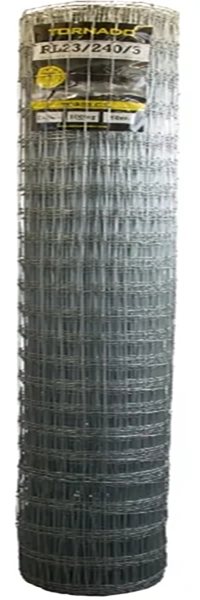
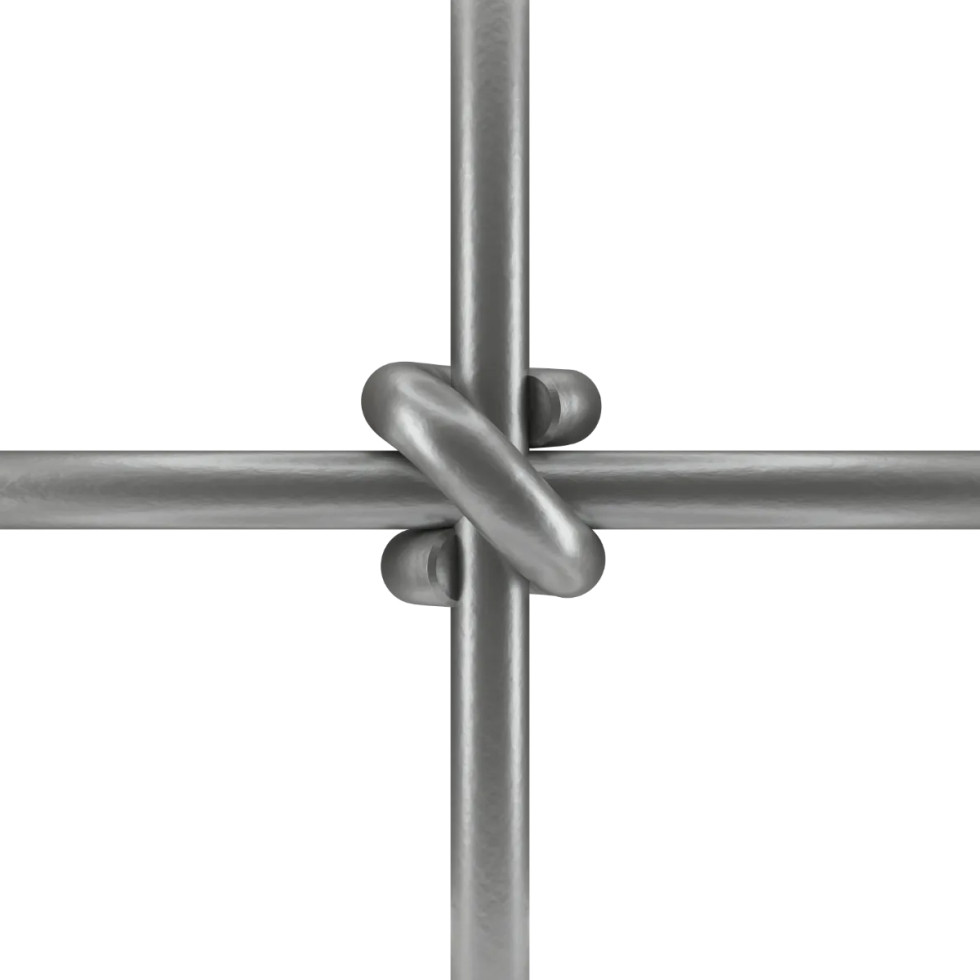
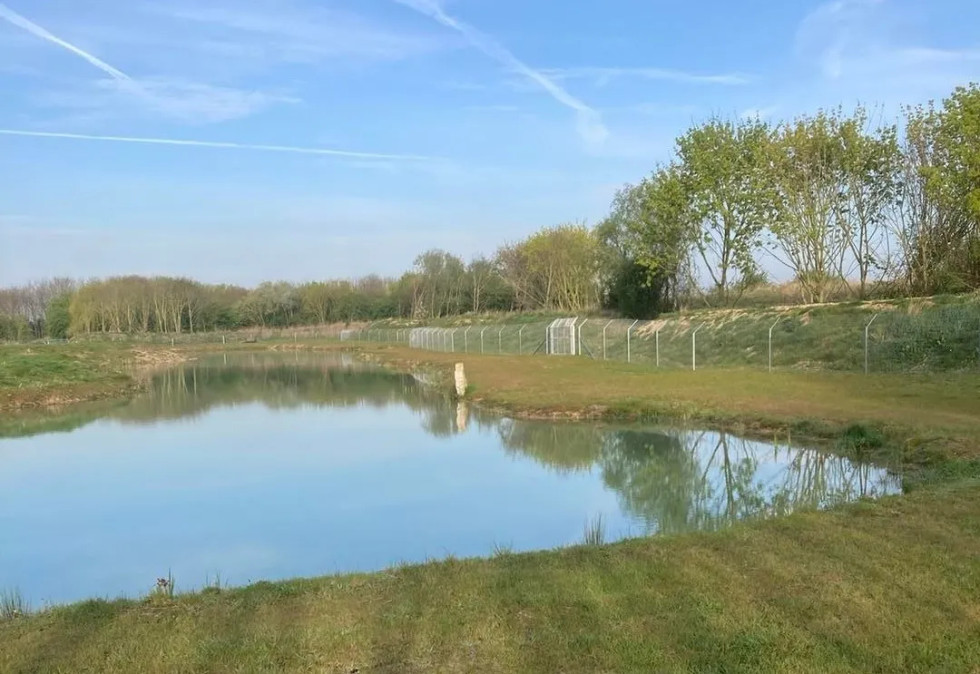
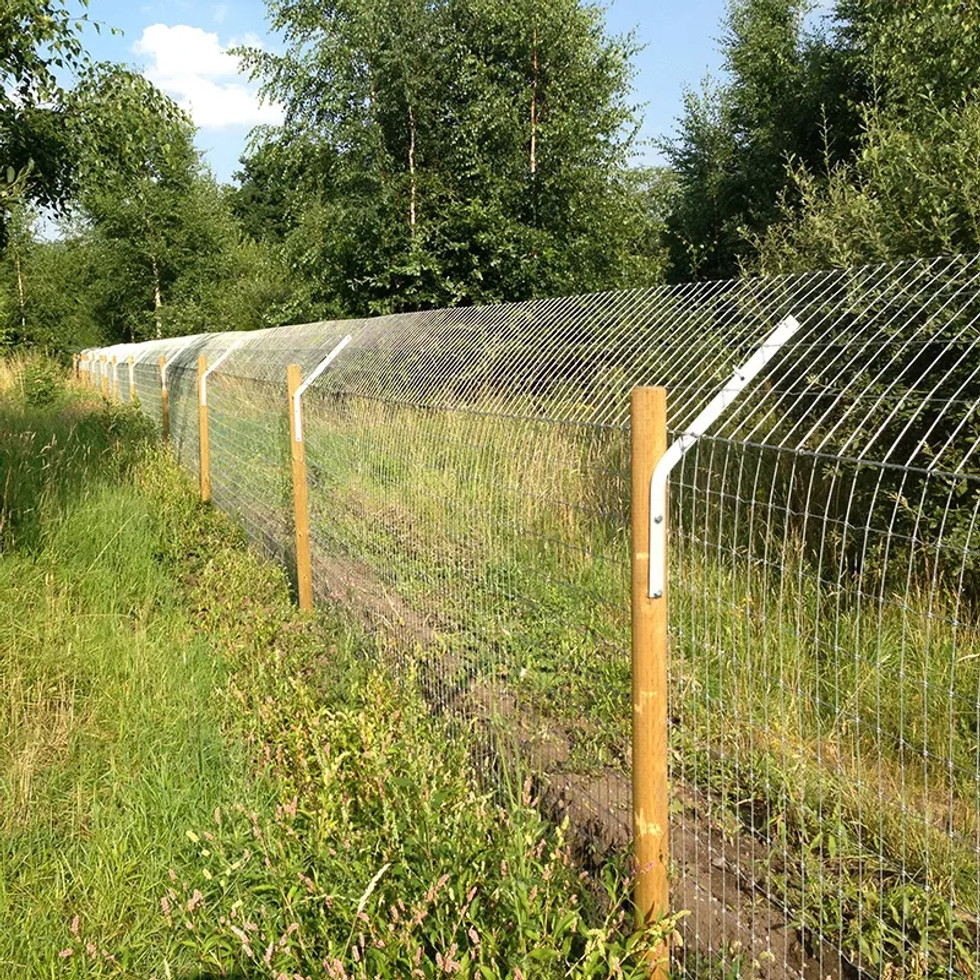
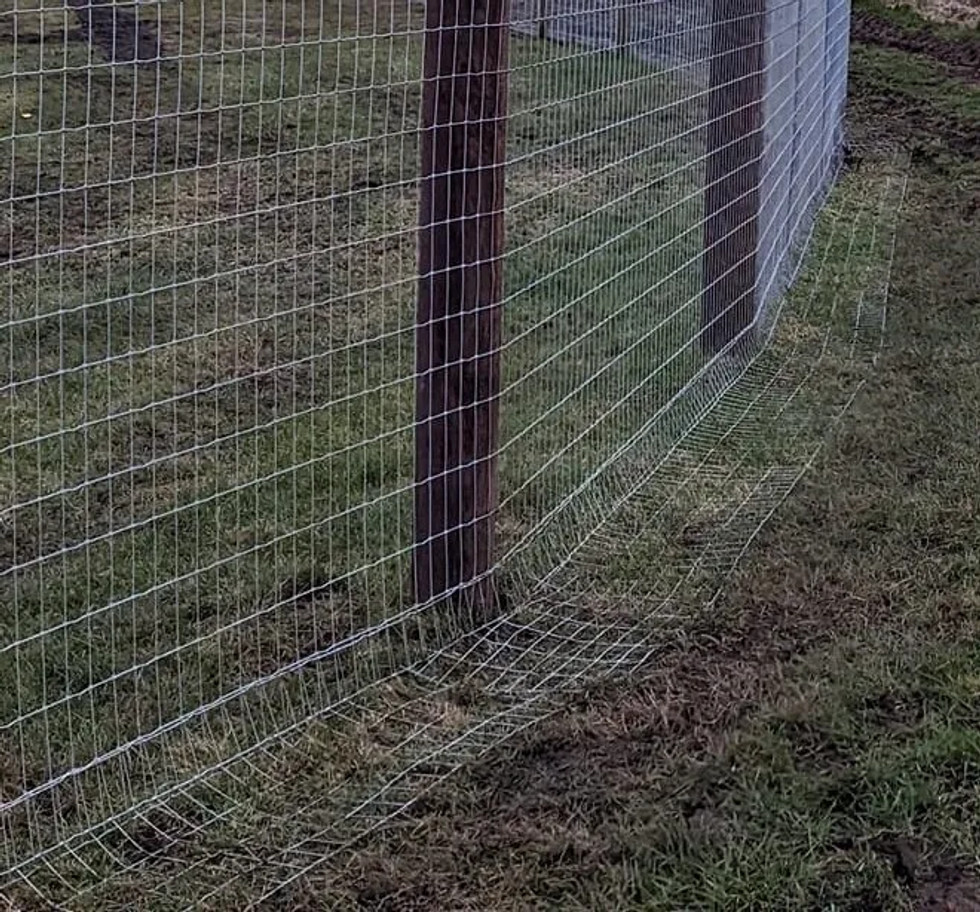
Reviews
There are no reviews yet.